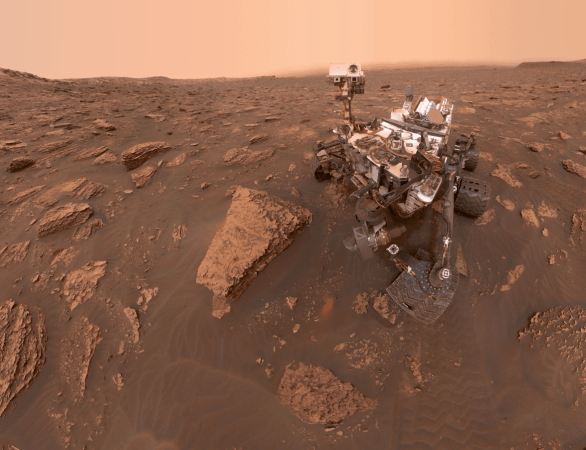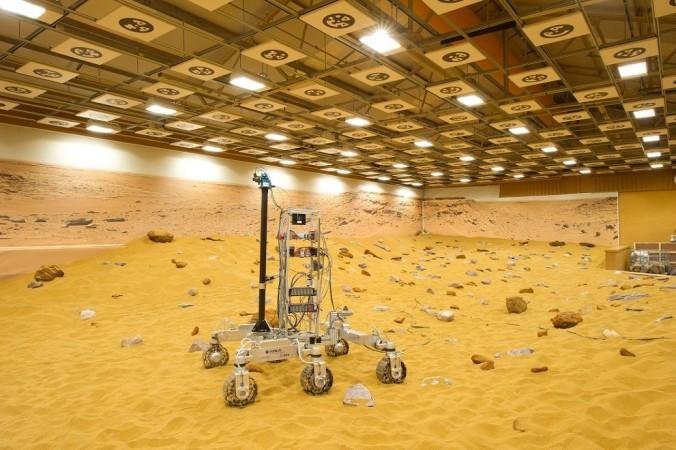
If life ever existed on Mars, it is likely that it thrived underground where there would have been a steady supply of chemical energy to sustain and support life in ancient times, according to findings of a new study.
There are chances that the red planet might have, at one point of time hosted life as evidenced by the river and water beds that exist all over the planet. Recently, there was an announcement that there is, right now, large reservoirs of liquid water on Mars, but it is trapped in underwater catchments, so evidence of past life, if any would probably be underground, notes a report by the DailyGalaxy.
"We showed, based on basic physics and chemistry calculations, that the ancient Martian subsurface likely had enough dissolved hydrogen to power a global subsurface biosphere," said Jesse Tarnas, of Brown University and lead author this new study. published in Earth and Planetary Science Letters.
"Conditions in this habitable zone would have been similar to places on Earth where underground life exists."
On Earth, there exists "subsurface lithotrophic microbial ecosystems" (SLIMEs). Because they have no direct access to sunlight, they are able to live only on chemical-based energy. They do this by stripping molecules off their electrons from their surroundings. SLIMEs make use of dissolved hydrogen on Earth for fuel, notes the report.

This study demonstrates that the process of breaking down water into its components of hydrogen and oxygen, called radiolysis, would have led to the creation of a lot of hydrogen on ancient Mars. Researchers theorise that the level of free dissolved hydrogen in ancient Mars crust—about 4 billion years ago—would have been comparable to the level of hydrogen here on Earth's subsurface today.
This study does not prove or claim that there was, without any doubt, subsurface life did exist on Mars. Rather, the research makes a point that if life did get started on Mars, billions of years ago, it is highly likely that Mars had the right conditions to support life for millions of years.
Researchers have also listed out regions where a Mars mission like the ExoMars 2020, designed specifically to look for life could land in its search for past life.
"The mission of the 2020 rover is to look for the signs of past life," said Jack Mustard, a leading expert in Planetary Surfaces and Environments at Brown University.
"Areas where you may have remnants of this underground habitable zone—which may have been the largest habitable zone on the planet—seem like a good place to target."















